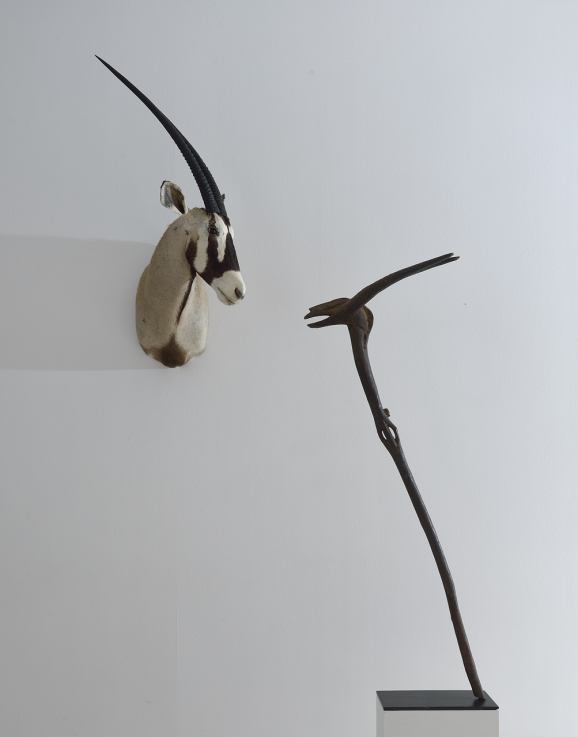The primary starting point for Kader Attia’s artistic practice is his French-Algerian cultural background. His working method is based on a reparative approach, a broad political and cultural interpretation of the concept of repair. In his view, in traditional, ancient communities, the process of repair and restoration (including the time factor of healing) is at least as important as the damage itself. In line with the expectations of today’s Western social order, injury must disappear without a trace. Attia elevates this phenomenon to a conceptual level, arguing that by erasing the fact of injury, modern society enters into a denial of time. His works aim at restoration, forming a kind of cultural resistance through the reappropriation of the body—as the bearer of physical scars—and history—as the repository of civilizational and social scars.
Many of Attia’s works examine colonialism from an aesthetic and ethical perspective. In addition to Cultures Are Following the Same Animal (2013–2014), several of his works feature tribal objects (including Dogon ones) and stuffed animals, which are permanent “residents” of ethnographic museum exhibitions. These works, which can be interpreted as addressing arbitrary cultural hierarchies and as institutional critique, contrast objects brought to life by the imagination of traditional communities with stuffed animals made for people in positions of power in Western societies. In this work, we see the antelope from two perspectives, but the setting emphasizes the role of the gaze (observing each other, facing each other, and referring to the colonial gaze) and can be interpreted as a call to recode the systematization of knowledge as a collective experience. KÁLMÁN Borbála
